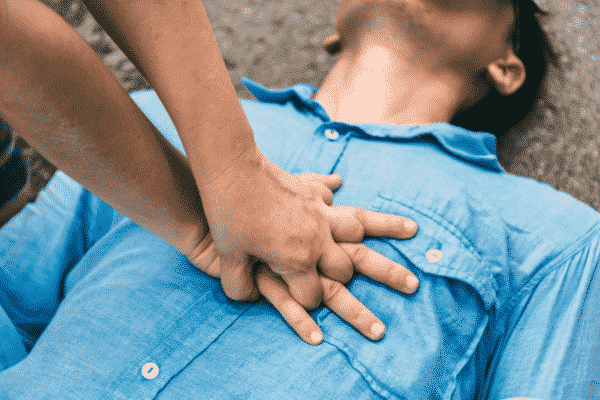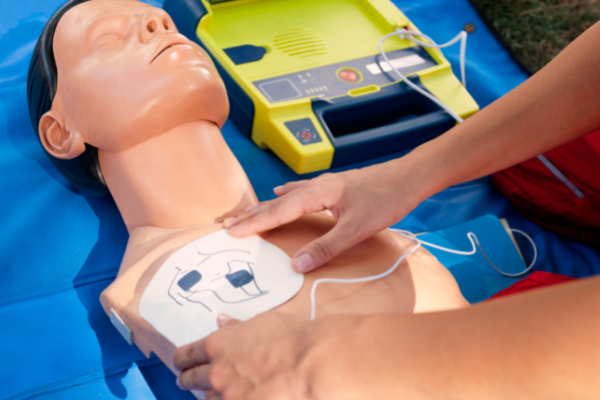
When to Use an AED vs CPR
The AED and CPR Work Together to Save Lives
Both an AED and CPR are important in minimizing brain damage and cardiovascular distress in a cardiac arrest emergency. They work together to stimulate the heart while maintaining the supply of oxygen when the victim cannot breathe normally.
What Is an AED?
An automated external defibrillator (AED) can be very effective in a cardiac emergency. The device itself provides detailed, step-by-step instructions to the user, evaluates the victim’s heartbeat, and applies an electric shock, if necessary, to correct an irregular rhythm.
What Is CPR?
Cardiopulmonary resuscitation (CPR) is a manual technique that keeps the blood moving through the heart when a victim experiences cardiac arrest. CPR is a combination of chest compressions and oxygen supplementation, either by mouth or mechanical means.
Do AEDs Save Lives?
Yes. On average, it takes several minutes after a 911 call for first responders to arrive on the scene of a medical emergency. This interval is a critical time for the victim. The quicker the heart resumes its normal rhythm, the lower the risk of serious physical damage. In fact, a 2018 study funded by the National Institutes for Health showed that heart attack victims who received AED assistance immediately were more likely to survive than those who waited for EMTs.
Does CPR Save Lives?
Yes. Although it isn’t as effective as an AED to restart the heart, it does keep blood and oxygen flowing to the heart and the brain. Otherwise, these essential tissues would begin to shut down within minutes of cardiac arrest.
When to Use CPR vs an AED
Both CPR and AEDs are used in tandem in many emergencies. If a person is unresponsive and not breathing, CPR should be performed first. You should then use an AED if you’re not observing a regular heartbeat. If this doesn’t bring the individual back to consciousness, re-administer CPR.
What Training Do You Need to Use an AED?
While AED training is not required, some advanced training in the use of the device is preferred. For example, training in the use of AED accessories, such as AED pads for children, helps users administer aid more effectively.
What Are the Training Requirements for CPR?
CPR classes and certification are widely available in workplaces, fire stations, and other community settings. Training typically includes instruction plus hands-on practice with CPR resuscitation manikin.
The first step in emergency cardiac response is having the right equipment. Find out more about AEDs and AED accessories at Coast Biomedical Supplies.





